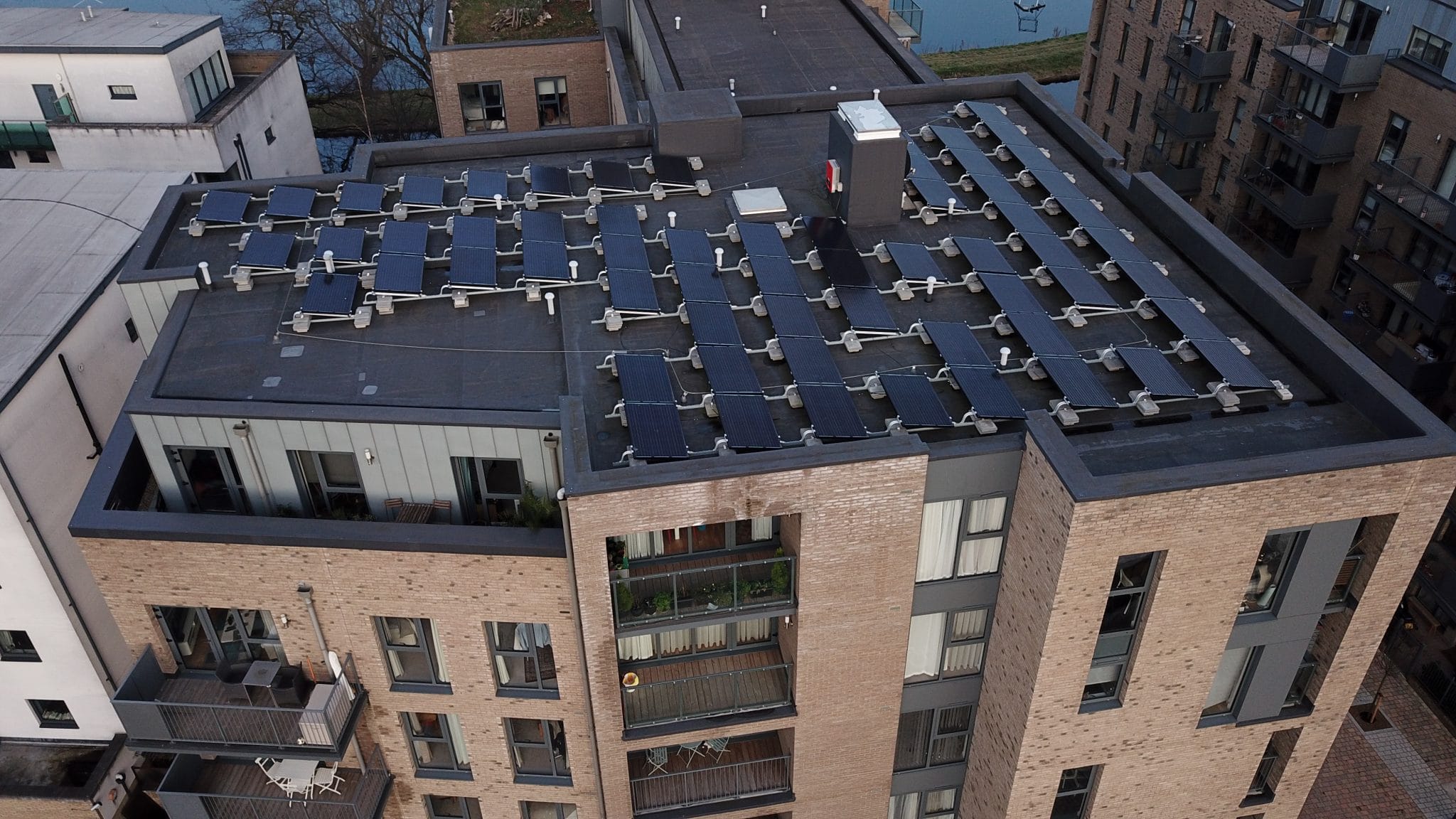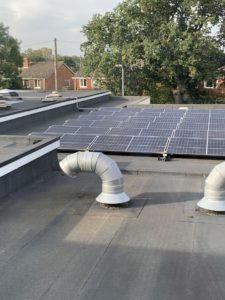You may have seen in the news this month that Bristol has unveiled plans to deliver the UK’s first carbon neutral city.
This ambitious project aims to create a zero carbon, smart energy city by 2030 and will need up to £1 billion of investment to become a reality. Yep. Quite a corker.
They’re one of a handful of cities who
This all sounds great, but what actually is carbon neutrality?
A carbon neutral city is one that runs entirely on renewable energy. Although this is a major task (and one that will be no easy feat), to date the UK has already reduced carbon emissions by 43% from levels recorded in 1990.
We’re on the way. We’re trying. But there’s still a long way to go.
What would a zero carbon city mean for my home?
It would mean a home driven purely by renewable energy. Not only would this mean you were playing a crucial part in the positive environmental impact of your city as a whole on the planet, but it would also result in reduced (or totally eliminated) utility bills and abundant tax benefits.
All the good things, basically.
How can I bring renewable energy into my home?
It actually isn’t as complicated as you might think. If you’re in the development stage of a new build, this is the perfect time to slot in some key renewable features.
You can efficiently power your home while saving money and saving the environment. Sounds good, right?
Here are 5 ways to run your home with renewable energy:
1. Rooftop solar panels
Perhaps one of the most common forms of renewable energy, solar panels will effectively power your home… when the sun’s up. And so for my UK friends, it may not provide the total package, but it will get you on your way there.
2. Small wind turbines
If you own a good amount of real estate, installing a small wind turbine can tick the boxes solar panels miss. It’s more reliable than solar and can easily generate the majority of your electricity needs.
3. Ground source heat pumps
Ground source heat pumps draw heat from the ground and pump it straight into your home. You can find out more about this system in my recent blog.
4. Biomass
This is one of the newer innovations in eco-friendly fuel. It’s made up from organic waste (picture agricultural waste, scrap lumber and manure) and is used to create electricity and other forms of power. Since a lot of this waste will normally end up in landfills, using biomass also helps to support forests and crops.
5. Hydro power
If your property is on or near a flowing source of water, you can divert some of the water through a turbine to power your home. Depending on the force of the flow, this could result in a serious source of power.
It’s a more continuous, stable method than solar or wind since the flow is continuous.
Going green really doesn’t have to be difficult. And with more and more cities striving for zero carbon status, now is the time to get ahead of the game and look for energy alternatives. If you want to discuss your options, I’d love to chat. Get in touch and let’s talk all things energy.




















